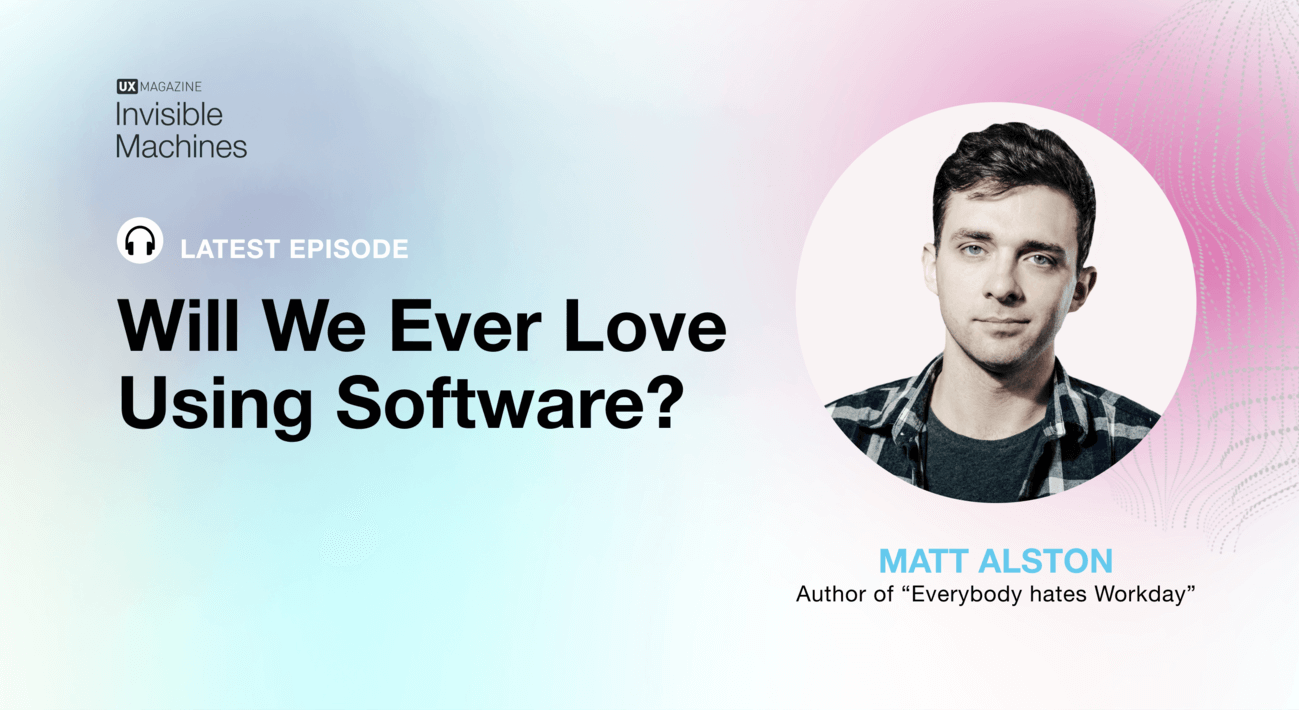AI agents continue altering the way we interface with technology, and in this episode, Robb and Josh have a conversation with journalist Matt Alston about his popular Business Insider article, “Everyone Hates Workday.” This deep exploration of our multifaceted interactions with machines looks at the ways Workday’s UX is different across a whole spectrum of users.
As Robb points out, generally speaking, people don’t enjoy using software. Still, the patterns we follow when operating software end up shaping our thinking, and as we move into a world dominated by conversational interfaces, it’s important to consider how these systems are intertwined with our minds.
Drawing from Matt’s own experiences using software like Workday as a well-established copywriter, this is a fascinating discussion about the work of getting work done.








